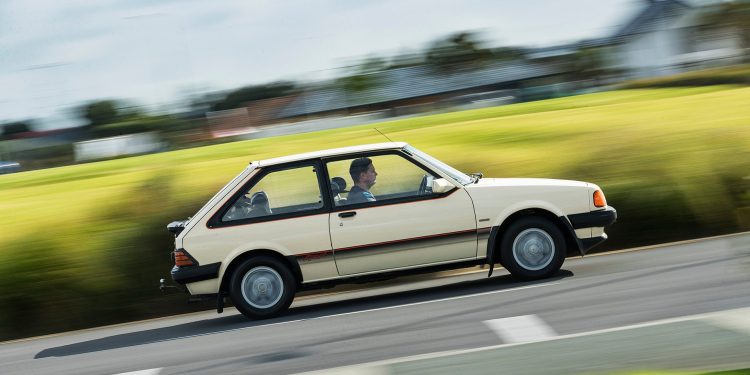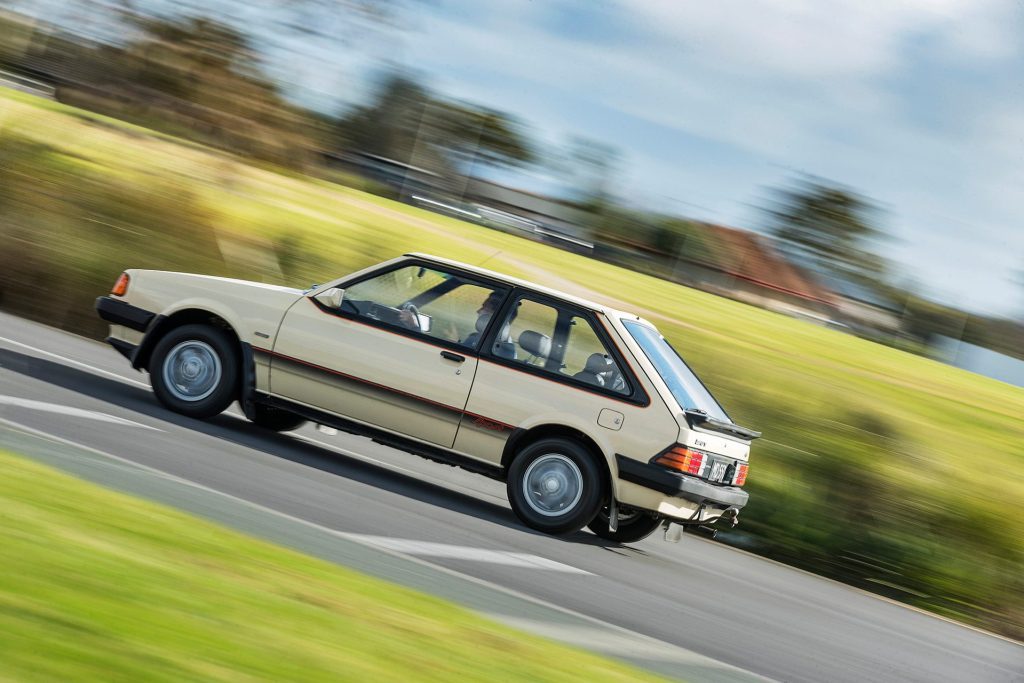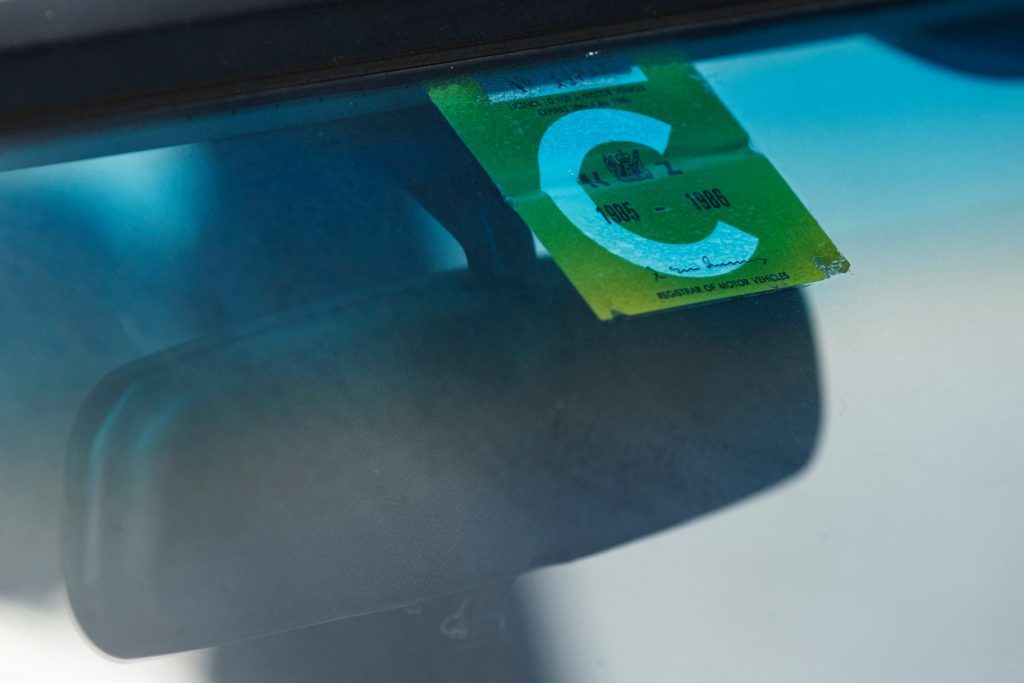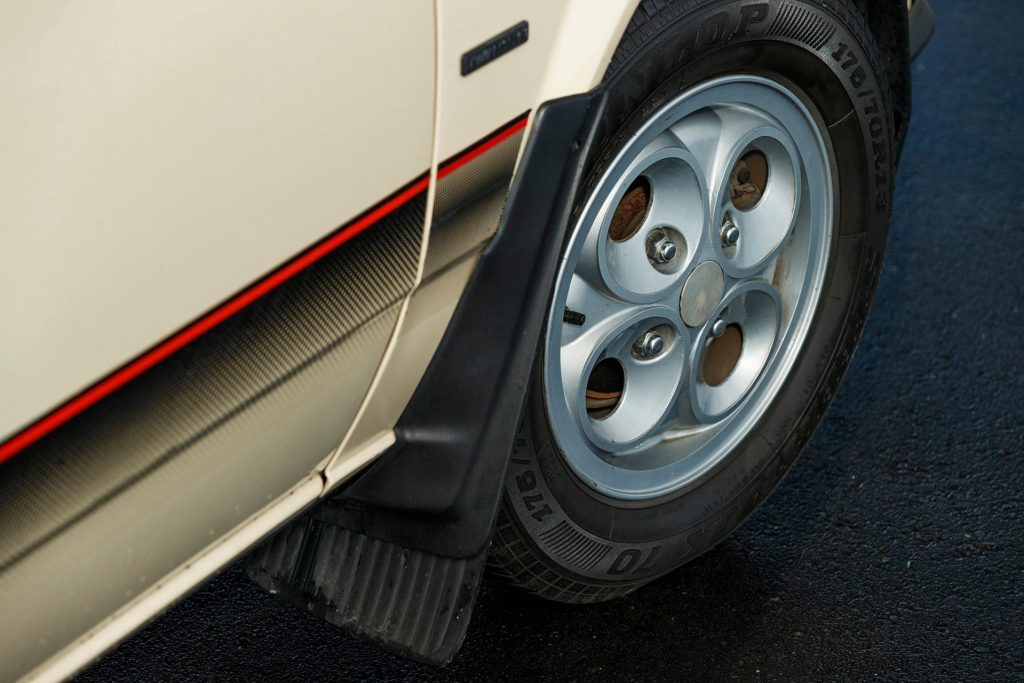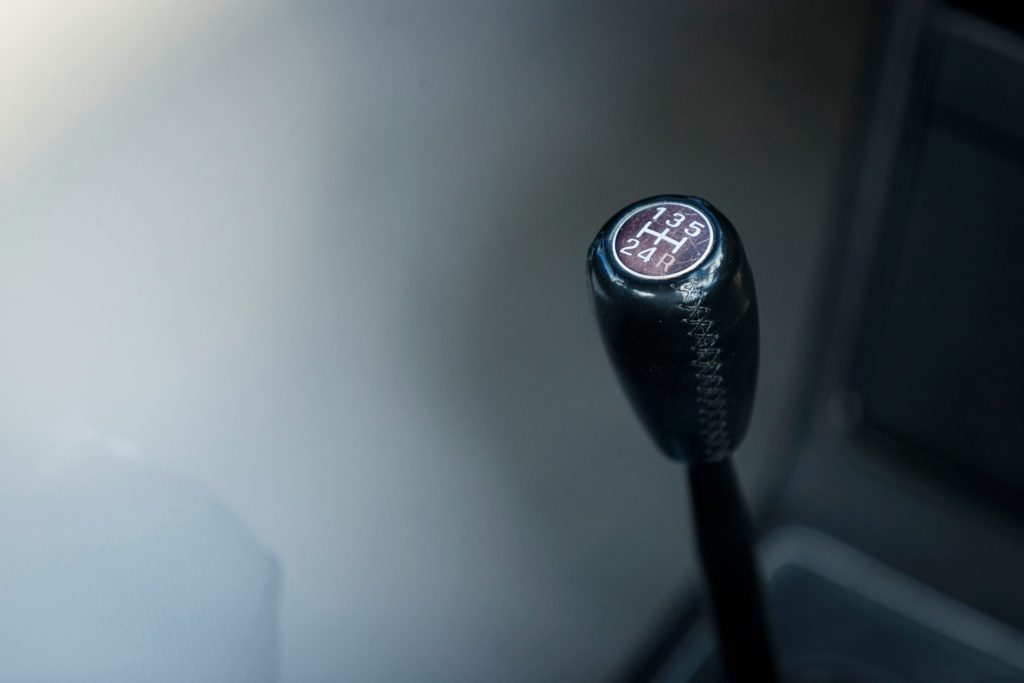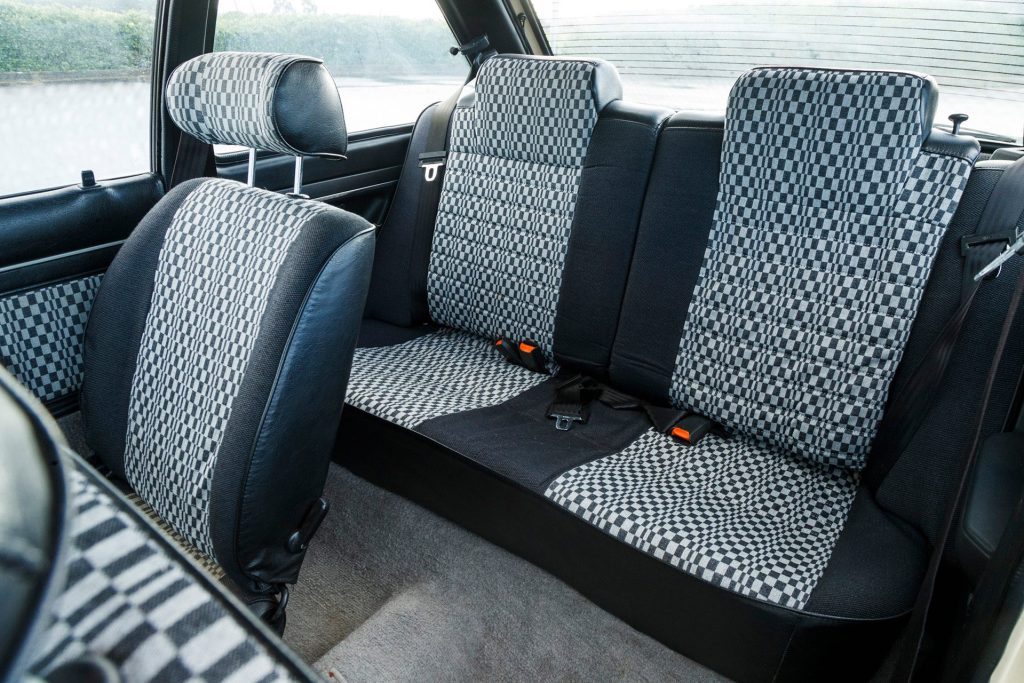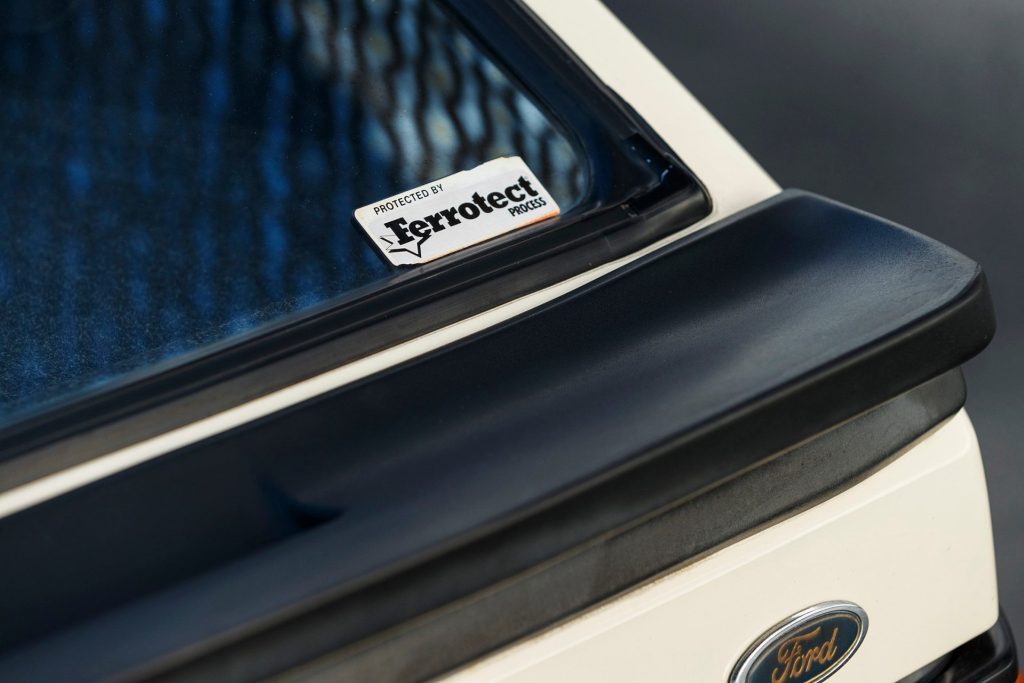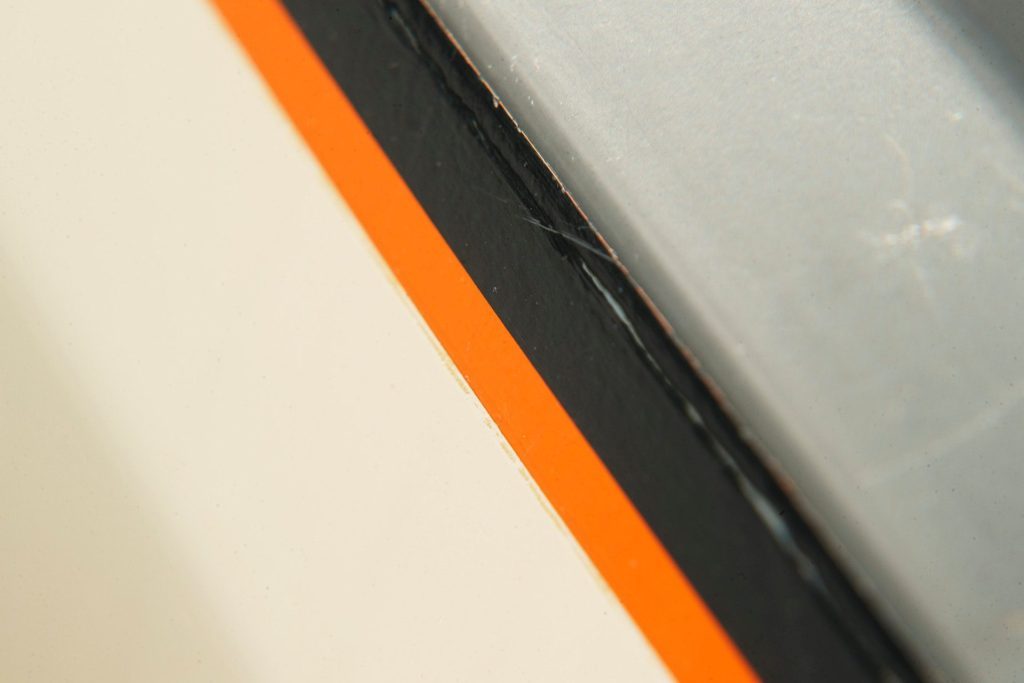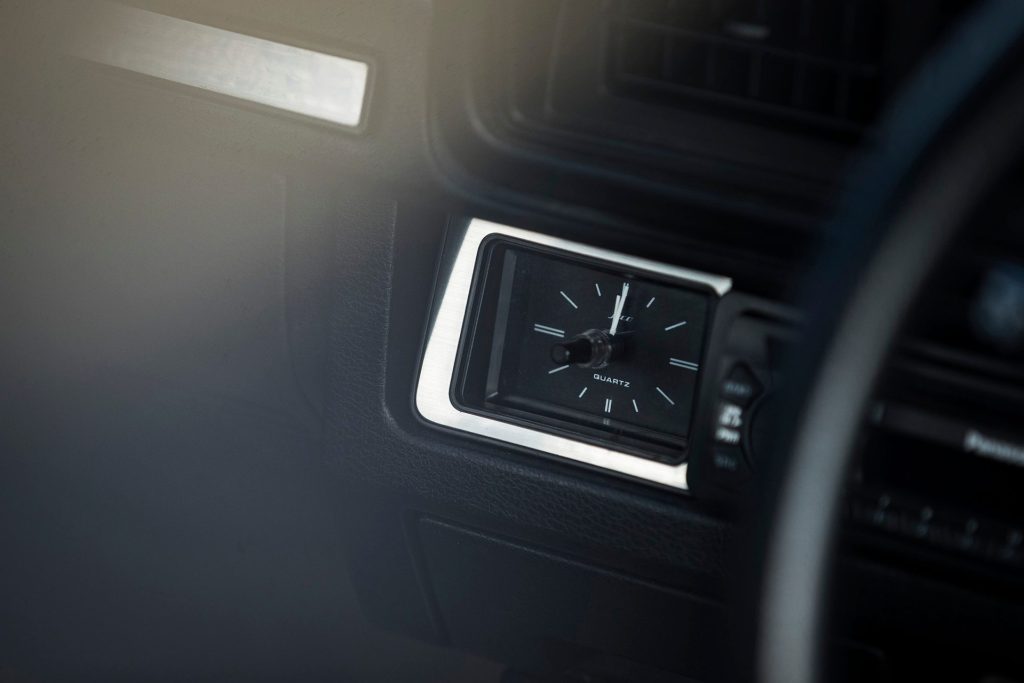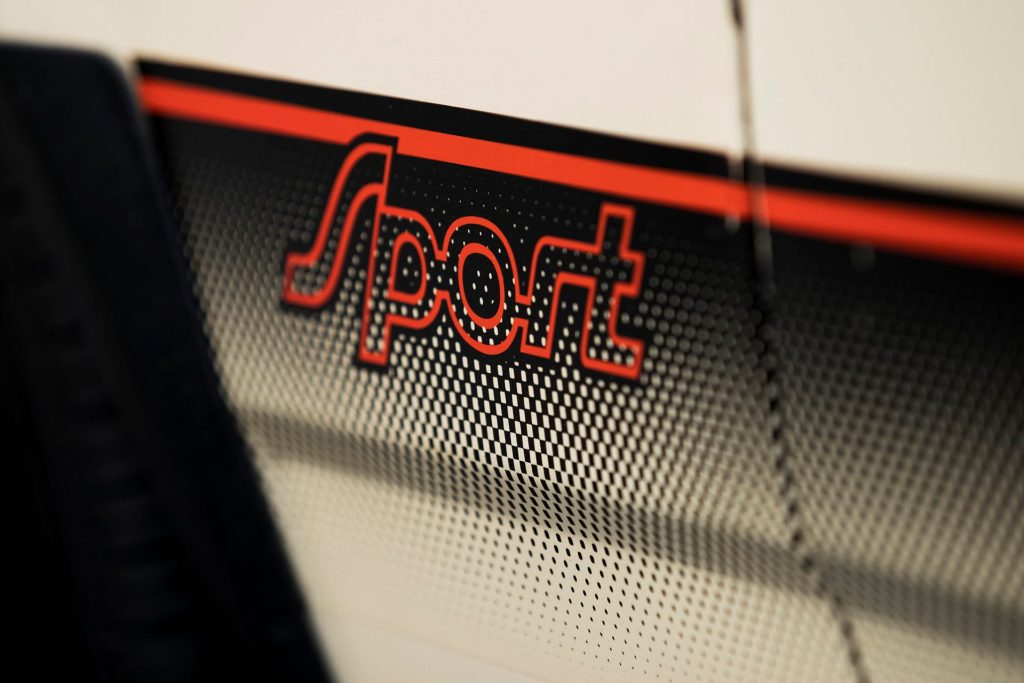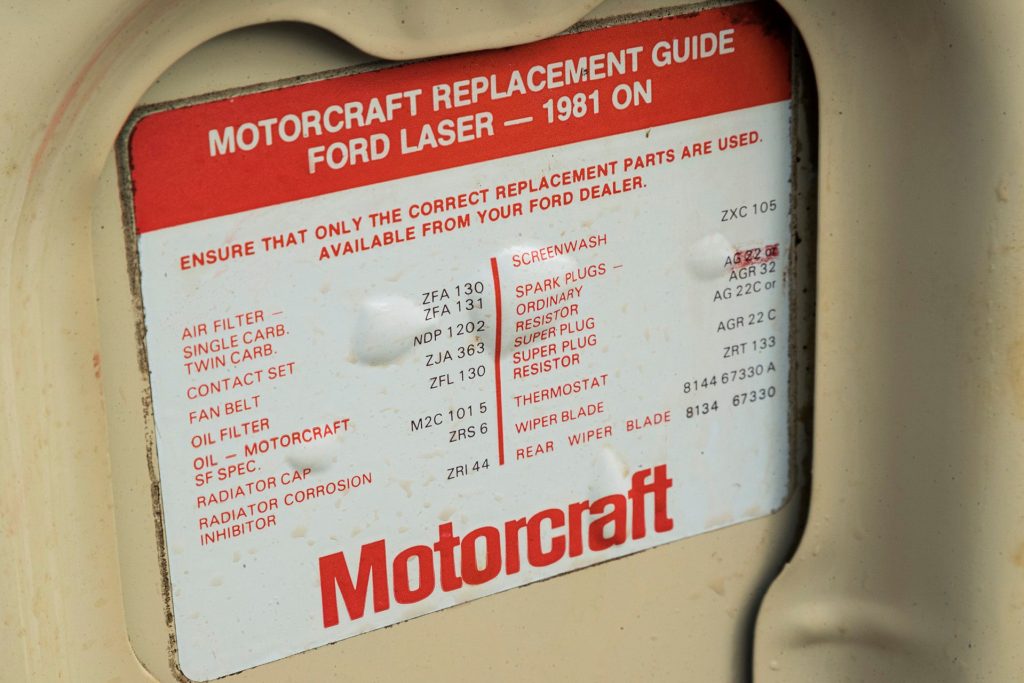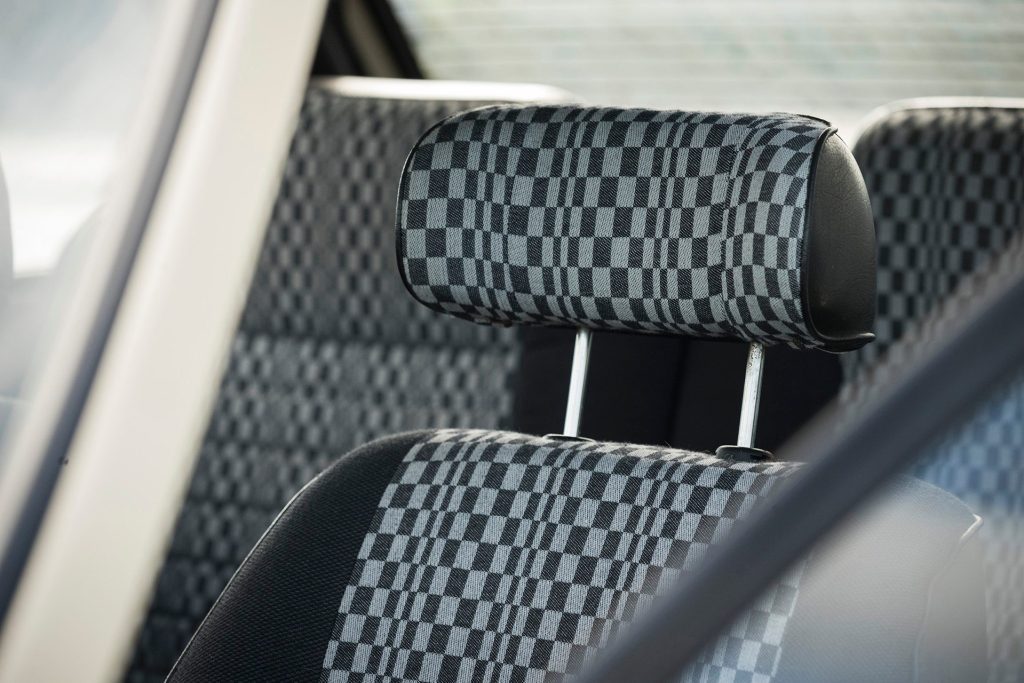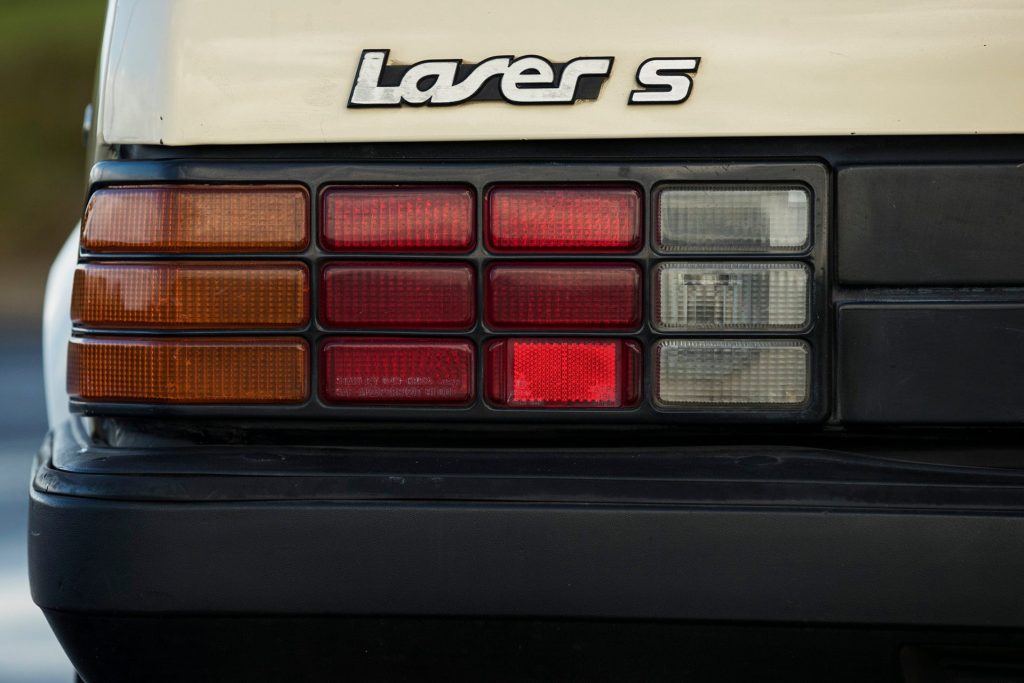1985 Ford Laser Sport
Words: Kyle Cassidy | Photos: Tom Gasnier
Ford NZ was doing okay in the seventies but as the eighties dawned it needed a new car for the times. The Laser was that machine, a Ford from the land of the rising sun.
As New Zealand entered a new decade in 1980, Ford was the best selling car brand and it had been for some time, enjoying around 20 per cent market share in the 70s. But things were changing. The Japanese brands were building momentum with seven of the top ten sellers in 1980, and Mitsubishi was edging Ford’s market share. The Blue Oval had two models in the top ten, Cortina the best seller with just over 7100 retailed while the Escort was in fifth spot with just over 5000 sales. Interestingly, only two cars, the Mirage and Civic were front drivers. But, as we said, things were changing. Fuel economy was becoming an important factor following the four-fold increase in gas price between 1973 to 1979. Smaller, more fuel efficient cars were winning favour. Japanese cars were also being recognised (begrudgingly by some) for their superior reliability.
While Ford of Europe was readying a new Escort with a transverse engine layout to replace the Mk II, the company had other plans for Asia Pacific. Toyo Kogyo, maker of Mazda cars, was in a spot of financial bother in the seventies which allowed Ford to take a 25 per cent stake in the Japanese company late in the decade. Mazda was developing the new Familia at the time, a modern compact car with the fuel-efficient front-drive layout, and this would be rebadged as a Ford in Asia Pacific markets.
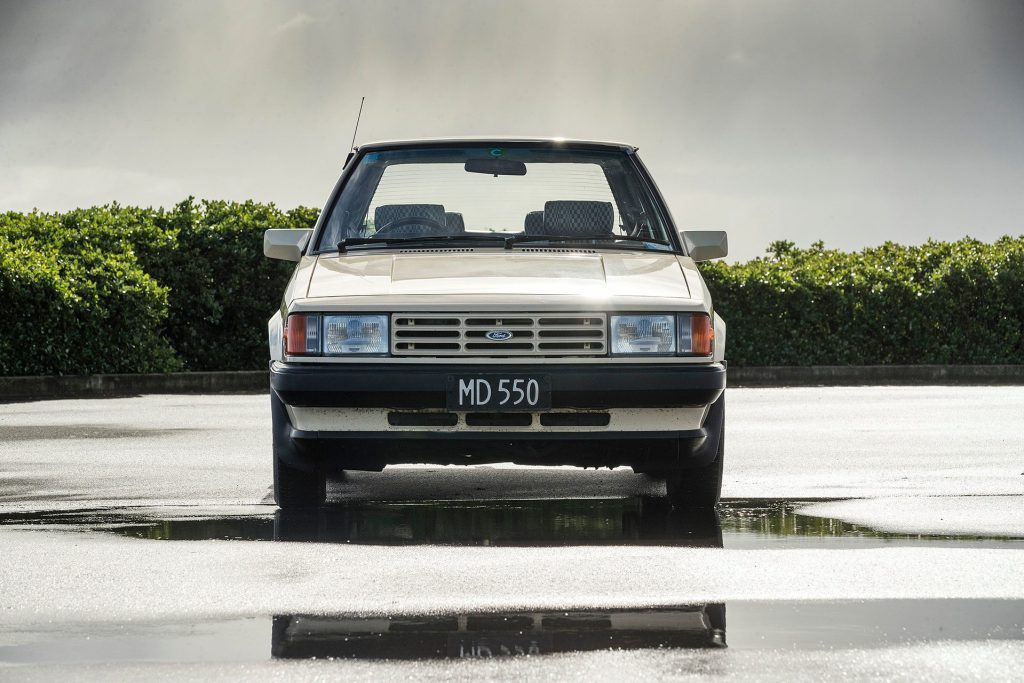
But what to call it? Ford asked its regional branches for suggestions, and legend has it that ‘Laser’ was a name put forward by a Ford New Zealand employee. The assembly of the Escort in New Zealand ended in December 1980, and the new Laser was first minted in Ford’s Seaview assembly plant, Wellington, in January 1981. The model first launched here as a sedan with the three- and five-door hatches a few months later.
Marketing a Japanese-designed Ford was difficult for some in New Zealand, and the company did what it could to distance the Laser from its Mazda connection locally. That’s despite the nearly identical 323 going on sale here a few months later.
The KA/KB Laser came with 1.1-, 1.3- and 1.5-litre Mazda-designed engines and in various trim levels, including the range-topping Ghia. It was well received and by 1982 was the country’s best selling car. It held this position for the next two years, though in 1984, Toyota launched a new front-drive Corolla that saw its sales more than double and Toyota’s market share increase. And in 1985, the Corolla became the best seller, edging the Laser into second spot. For 86, the Laser entered its second generation, but the makeover couldn’t claw back the Corolla in the sales race.
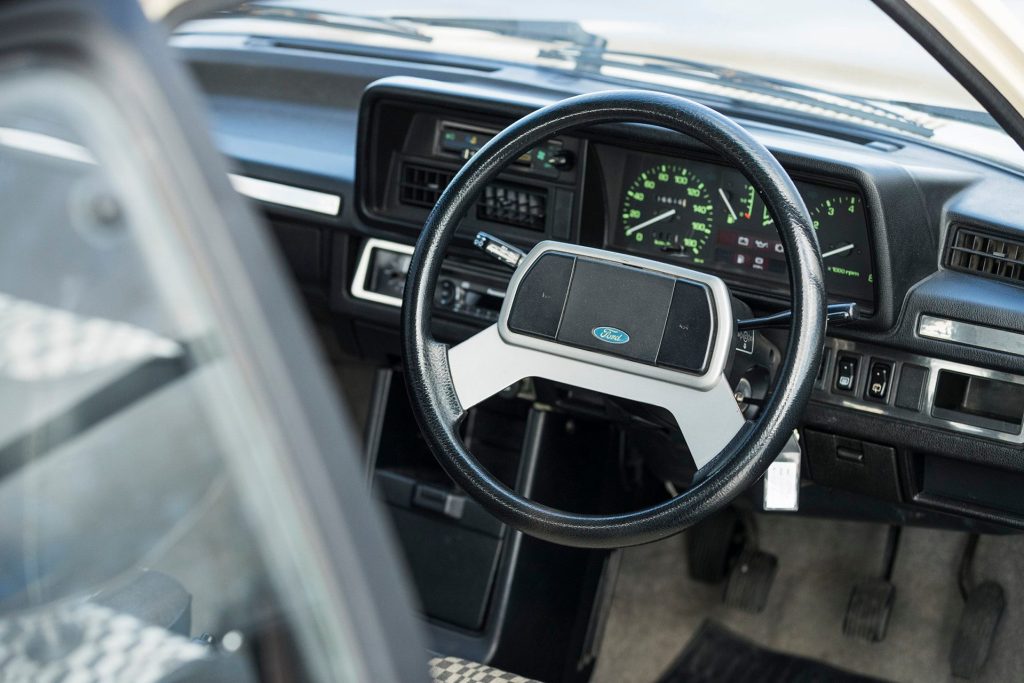
Ford had enjoyed a decent run in the late seventies with the Mk II Escort 1600 Sport, so was glad to have the Laser Sport as part of the range from 1981. With twin carbs, and a compression bump from 9:1 to 10:1, the 1.5-litre Sport made a few more horses (79hp/59kW and 115Nm) than standard and the engine was matched to a five-speed manual. Handling was enhanced via a front sway bar, the only model to be fitted with one. It was introduced at $11,900, and would account for one in every seven Lasers sold.
The version you see here, owned by Aucklander John Keating, is a 1985 KB facelift model. John is a car dealer and he acquired it in 2012, from a wholesaler who was moving on a few trade-ins. The car had known but one master since new, a classic ‘one lady owner’ story, so it had been well cared for.
“The used car manager that had sold it to me rang me back after the deal was done and asked if I still had the car. He said the original owner was back in his showroom in tears wanting her car back. I told him I’d already done something with it, I wasn’t letting it go.”
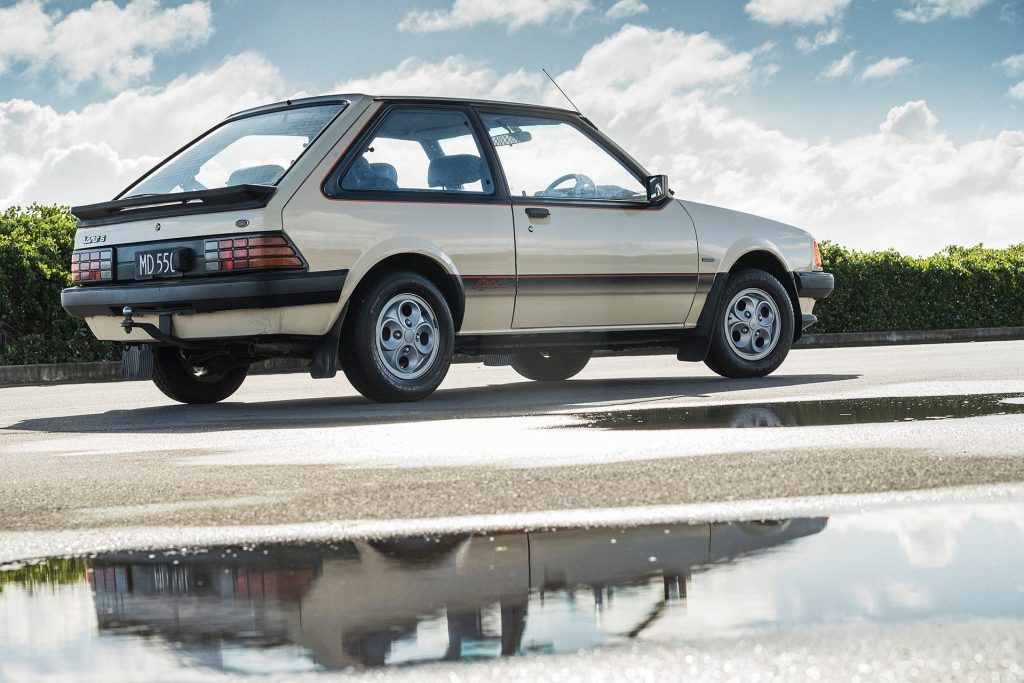
John was working in Ford dealerships both here and in Australia in the late seventies and early eighties when the Lasers came along. “We were selling Escorts at the time and then these arrived, they were miles more advanced. The Escorts just seemed so archaic by comparison.”
It was said that while Ford’s factory employees on both sides of the Tasman were initially weary of the Japanese-designed machine, it quickly won them over with its level of engineering. The precision of the knock-down kits and how easily they went together left the English stuff they had worked on previously for dead.
The Laser was a much more modern design than the Escort with rack and pinion steering and coil spring suspension all round, and the hatch had a semi-independent rear set-up with trailing arms. It had Mac struts and discs up front (drums on the rear) along with its sway bar which, upon inspection, winds its way oddly around the front towing hook.
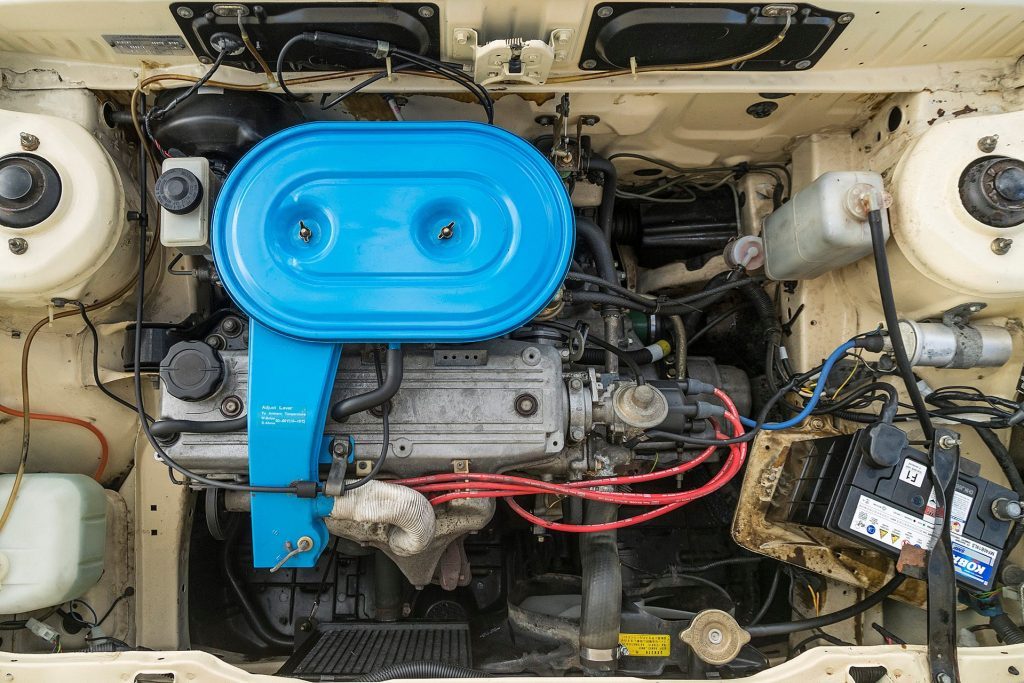
The Sport wore a front air dam and a rubber rear spoiler on the hatch while slightly garish decals were plastered down its flanks. Like those graphics, the clover leaf/teledial alloys were very eighties, wrapped in 175/75R13 rubber.
This particular Sport is still in a good original state, a survivor as such. It’s particularly tidy in the engine bay, the air cleaner atop the engine’s dual carb arrangement still gleaming. Despite the space-efficient transverse layout, the engine bay has plenty of room in it. There are also the splurges of the Ferrotec rust proofing evident, something the dealer could upsell the customer on, adding to his commission.
The sohc four pot is not much of a revver and it makes plenty of noise, some more melodic than others. There’s a slight hesitation from down low but the throttle response is sharp, and the performance is rather sprightly thanks to the Laser’s 859kg kerb weight. The gearbox has a leisurely throw but still stirs the ratios well, the box smooth and free of any notches or graunching. The brakes, like all the controls, are brimming with feel and there’s a definite connection to the mechanical process they are undertaking.
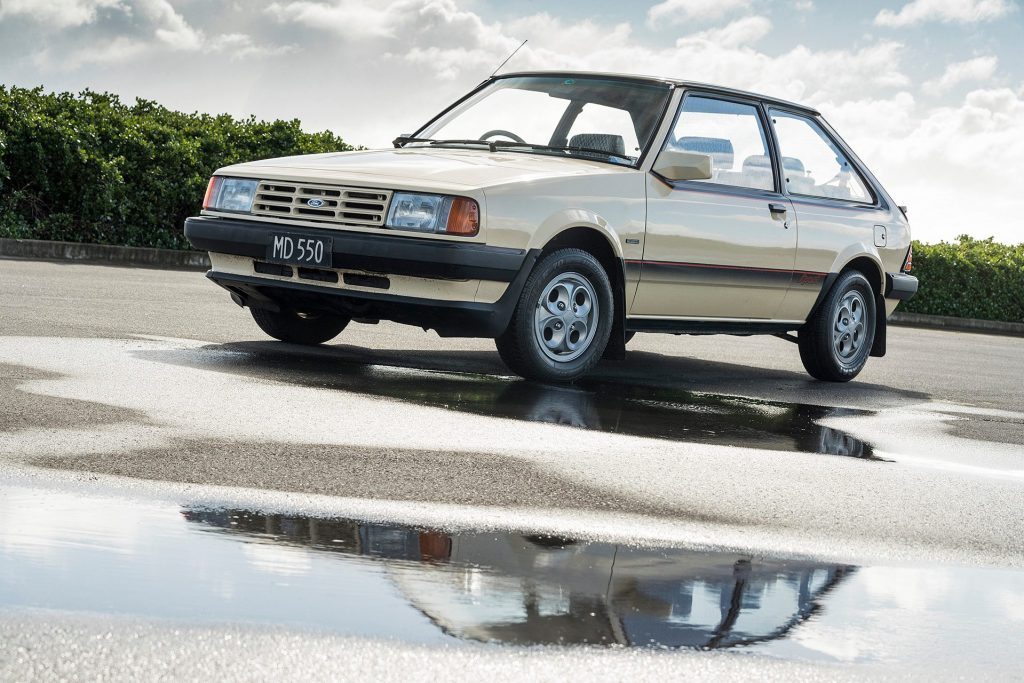
Even though the rubbers and suspension are past their best, the steering has a certain tactility to it. It’s unassisted, so quite heavy yet manageable on the small tyres. Key to its success at the time, the Laser is an easy car to drive with a great turning circle and stunning outward vision. It’s spacious for a small car, with a decent back seat and a good boot.
John says when he first bought it his son was keen to do an engine swap, and drop in a newer Focus engine. “If it was a scruffy example we might have hot rodded it with a turbo Focus engine or something, but I can’t bring myself to do it to this one. As this stuff gets older, they become even rarer.” His youngest son used the car to sit his licence test as it was the only manual car John had at the time. “My son said the tester was more interested in the car than the driving test, asking him lots of questions about it and so he passed easily.”
As to the value of it now, John says it might stretch to $10k for the right person. “It’d take another guy like me who can remember when they were new, and how good they were in their day.”


